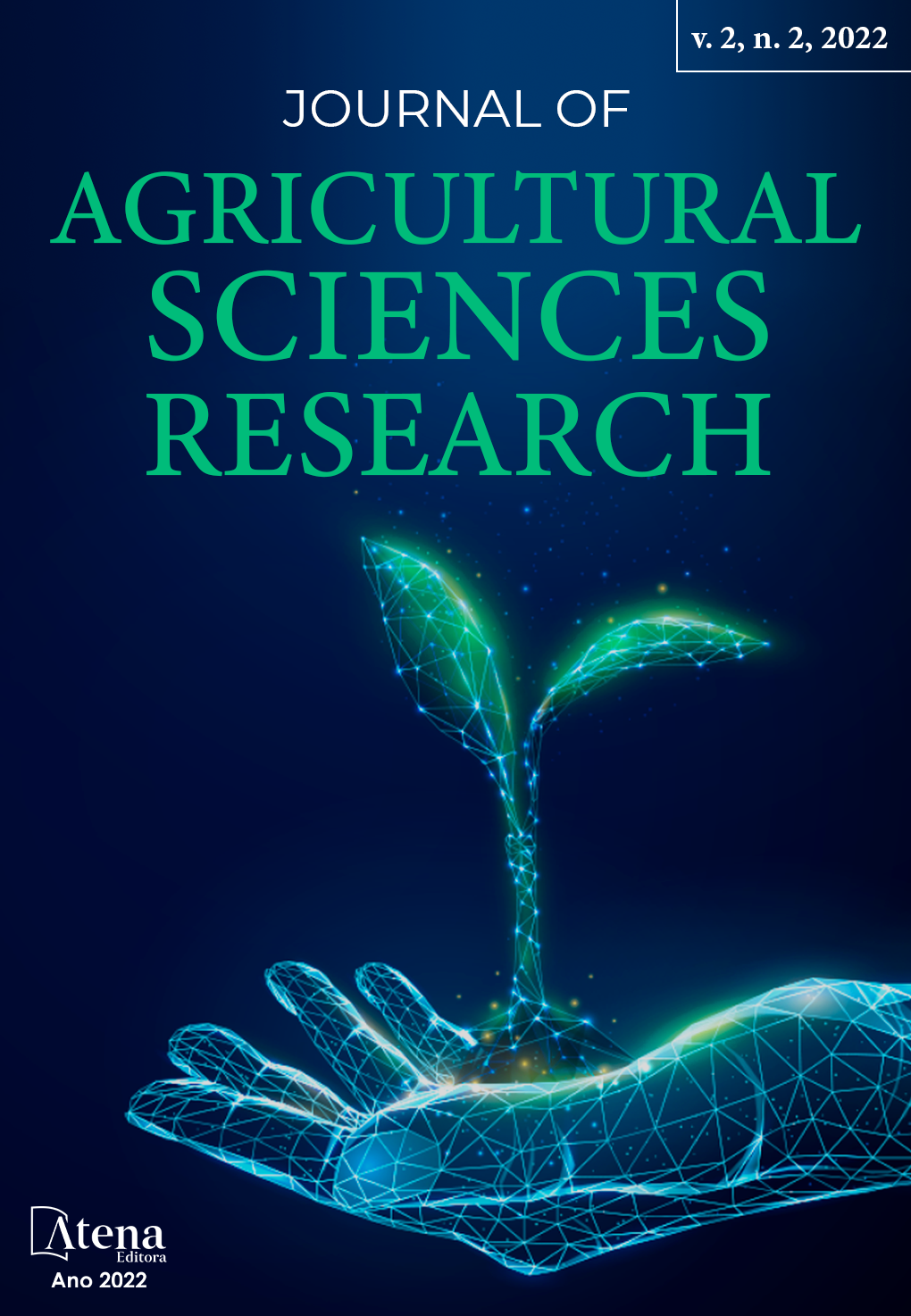
CALIDAD DE SITIO Y CAPTURA DE CARBONO DE ESPECIES DE PINO DEL BOSQUE DE LA CIUDAD DE URUAPAN, MICHOACÁN, MÉXICO
El bosque de pino se ubica al norte de la ciudad de Uruapan, decretada Zona Protectora Forestal Vedada de los cerros “La Cruz” y “La Charanda” en 1937, realiza funciones de alto impacto por los bienes y servicios ecosistémicos que brinda, de amortiguamiento y captación de agua, protección al suelo, generación de oxígeno y recreación. Es recurrente la degradación por incendios, clandestinaje, erosión, plagas y otros disturbios. Los objetivos fueron: Determinar el crecimiento y productividad de las especies de pino y Cuantificar el carbono almacenado y la capacidad de fijación por incremento volumétrico de las especies. La delimitación de áreas se realizó a través del Bing Maps Arial Imagery web Mapping Service 2013. Se aplicó un sistema de muestreo sistemático estratificado por UMM. Los árboles/ha se obtuvieron con la fórmula Árboles/ha/especie = 20*No. de sitios*No. de árboles*especie; las Er/ha con la fórmula Er(ha) = Arb(ha)*Vol. Unitario de la especie; y por rodal se multiplicó el resultado por la superficie; Los incrementos ICA e IMA en m3 y %, se calcularon con el método Aguilar (1983); la edad y tiempo de paso se determinaron con virutas de árboles muestreados; y la densidad de la madera mediante la fórmula = Masa (gr)/volumen (m3); el carbono acumulado anual y biomasa/ha se determinaron con el procedimiento de Zamora (2007). Las especies de pino identificadas son 9, 9 especies del género Quercus, Cupressus y once géneros de otras latifoliadas de zonas de barranca, formando microhábitats del bosque mesófilo de montaña, en 12 UMM y de 189.5 ha, la mayor calidad de sitio la ocupan UMM con existencias volumétricas/ha de 268.652 m3, edad de 49 años, tiempo de paso de 11.3 años; ICA e IMA de 3.507 y 2.881 m3/ha respectivamente, el carbono (tC)/ha almacenado es de 18.440 y las (tC)/ha fijado/año de 0.34. Las UMM evidencian la necesidad de un sistema de manejo de bosque de protección y abrir espacios que estimulen la regeneración natural y extender los tratamientos a toda el área a fin de elevar la captura de carbono y otros servicios ambientales.
CALIDAD DE SITIO Y CAPTURA DE CARBONO DE ESPECIES DE PINO DEL BOSQUE DE LA CIUDAD DE URUAPAN, MICHOACÁN, MÉXICO
-
DOI: 10.22533/at.ed.973222201037
-
Palavras-chave: Servicios ecosistémicos, crecimiento y productividad, carbono almacenado, incremento corriente y medio anual y bosque de protección.
-
Keywords: Ecosystem services, growth and productivity, stored carbon, current and average annual increase and protection forest.
-
Abstract:
The pine forest is located at the north of Uruapan city, decreed Forest Protection Zone Banned from the hills "La Cruz" and "La Charanda" in 1937, performs high-impact functions due to the ecosystem goods and services it provides, buffering and water collection, soil protection, oxygen generation and recreation. Degradation due to fires, clandestine, erosion, pests and other disturbances is recurrent. The objectives were: To determine the growth and productivity of the pine species and to quantify the carbon stored and the fixation capacity by volumetric increase of the species. The delimitation of areas was carried out through the Bing Maps Arial Imagery web Mapping Service 2013. A systematic sampling system stratified by UMM was applied. The trees/ha were obtained with the formula Trees/ha/species = 20*No. of sites*No. of trees*species; the Er/ha with the formula Er(ha) = Arb(ha)*Vol. Unitary of the species; and per stand, the result was multiplied by the area; The ICA and IMA increases in m3 and % were calculated using the Aguilar method (1983); the age and passage time were determined with chips from sampled trees; and the density of the wood using the formula D= Mass (gr)/volume (m3); the annual accumulated carbon and biomass/ha were determined with the procedure of Zamora (2007). The identified pine species are 9, 9 species of the genus Quercus, Cupressus and eleven genera of other broadleaves from canyon areas, forming microhabitats of the mountain cloud forest, in 12 UMM and 189.5 ha, the highest quality of the site is occupied by UMM with volumetric stocks/ha of 268,652 m3, age of 49 years, passage time of 11.3 years; ICA and IMA of 3,507 and 2,881 m3/ha respectively, the carbon (tC)/ha stored is 18,440 and the (tC)/ha fixed/year is 0.34. The UMMs show the need for a protection forest management system and open spaces that stimulate natural regeneration and extend treatments to the entire area in order to increase carbon sequestration and other environmental services.
-
Número de páginas: 7
- Saúl Castro Castañeda
- Rosa Elena Pérez Sánchez
- Ruy Ortíz Rodríguez
- Juvenal Esquivel Córdova


